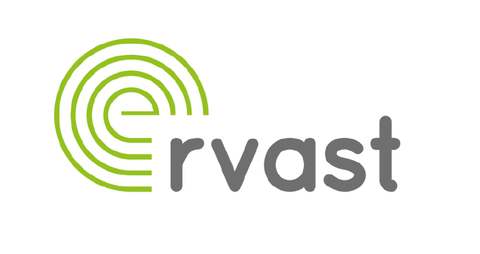ErVast - Application of dynamic traffic elements for automated driving function testing
Objectives
The introduction of automated and connected driving functions is aiming to increase the level of road safety. In order to achieve this objective, it is necessary to ensure a sufficiently deep, methodical inspection within the framework of the Periodic Technical Inspection (PTI) over the entire lifetime of vehicle in a sustainable manner. In addition, the increasing digitalisation of traffic and the development of automated and connected driving functions will further increase the complexity of electrical and electronic systems in vehicles. Vehicles already in operation that are equipped with automatic distance control, lane departure warning, lane change assistant or automated parking functions have a comprehensive sensor setup. A large number of different sensor technologies are used here, which differ in their functionality as well as in functional losses due to aging, wear and tear and damage over the lifetime of the vehicle, so that future test technologies for automated and connected vehicles must be designed sensor-specifically. TU Dresden is participating in ErVast with two professorships. These are the Chair of Vehicle Mechatronics (FZM), under the direction of Prof. Dr.-Ing. Bernard Bäker, and the Chair of Information Technology for Transport Systems (ITVS), under the direction of Prof. Dr.-Ing. Oliver Michler.
ITVS tasks
- Laboratory supported simulation and validation of test and inspection scenarios with Car2X reference considering the interfaces and protocol stack of GNSS, ITS-G5 and cellular mobile radio (GSM, LTE V2X, 5G D2D).
- Implementation of the technical modules for positioning and communication (test and evaluation platform) adapted with the partners into an executable test vehicle with subsequent Car2X investigations in cooperation with the partners TUD-FZM and FSD on the available test fields and test stands.
- Implementation of the positioning and communication signals to be defined according to the principle of Software Defined Radio (SDR) for conversion:
- of ITS-G5 messages with regard to relevant test and check scenarios,
- cellular mobile radio standards as a basic client Software defined radio functionalities and
- automotive scenarios (e.g. urban driving maneuvers) defined with project partner FSD.
Funding body:
Federal Ministry of Transport and Digital Infrastructure
Project management:
DLR / Division Society, Innovation, Technology
Project coordinator:
FSD Fahrzeugsystemdaten GmbH
Project partners:
Professur für Fahrzeugmechatronik
Dekra Automobil GmbH, Automobil Test Center
AMFD Auto Mobil Forschung Dresden GmbH
Horiba Europe GmbH
Zigpos GmbH
Fraunhofer-Institut für Verkehrs- und Infrastruktursysteme
Project duration:
01.01.2020 – 31.12.2021
Contact:
Dr.-Ing. Sven Grunwald
Dipl.-Ing. Kevin Krebs

